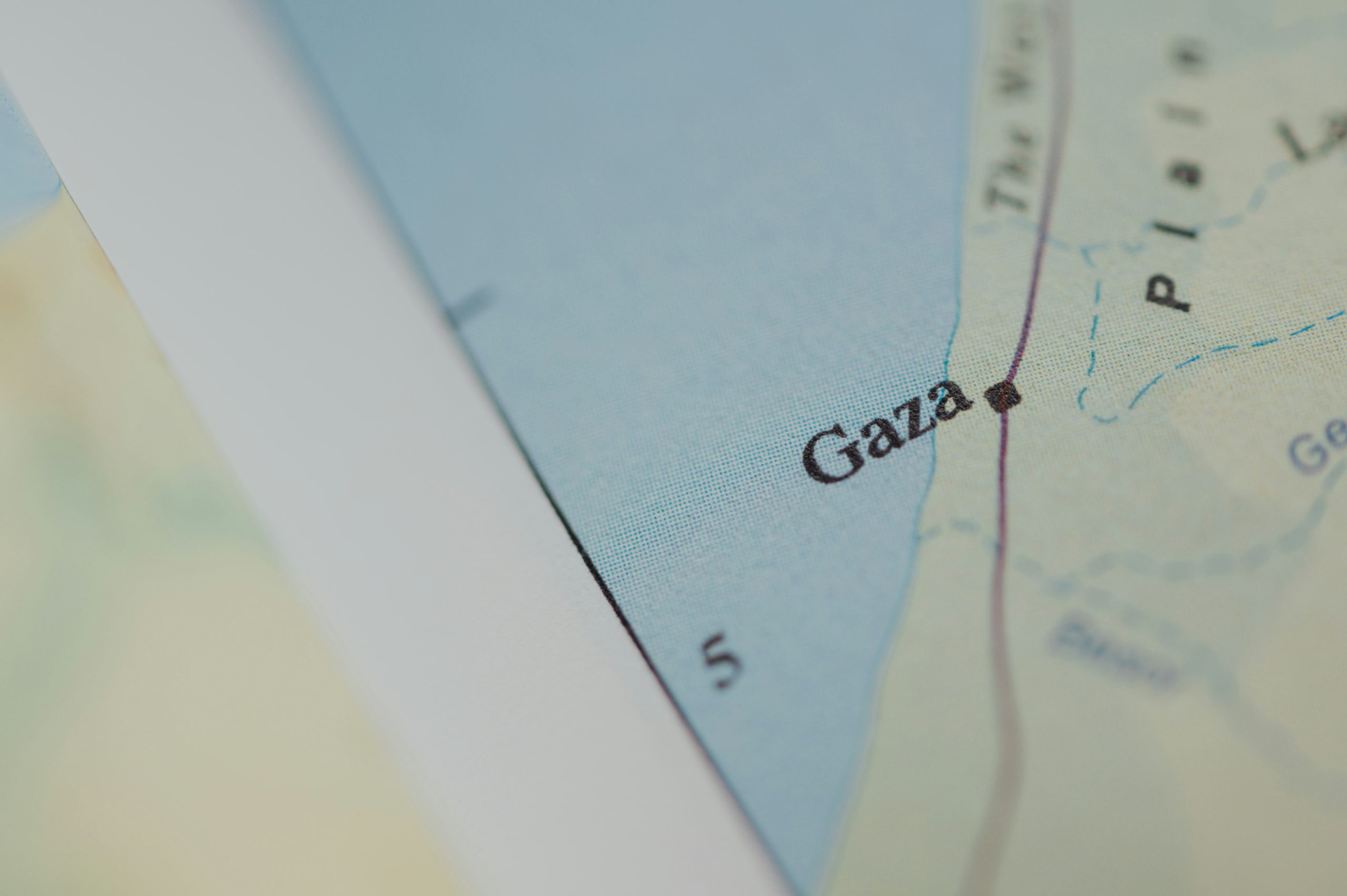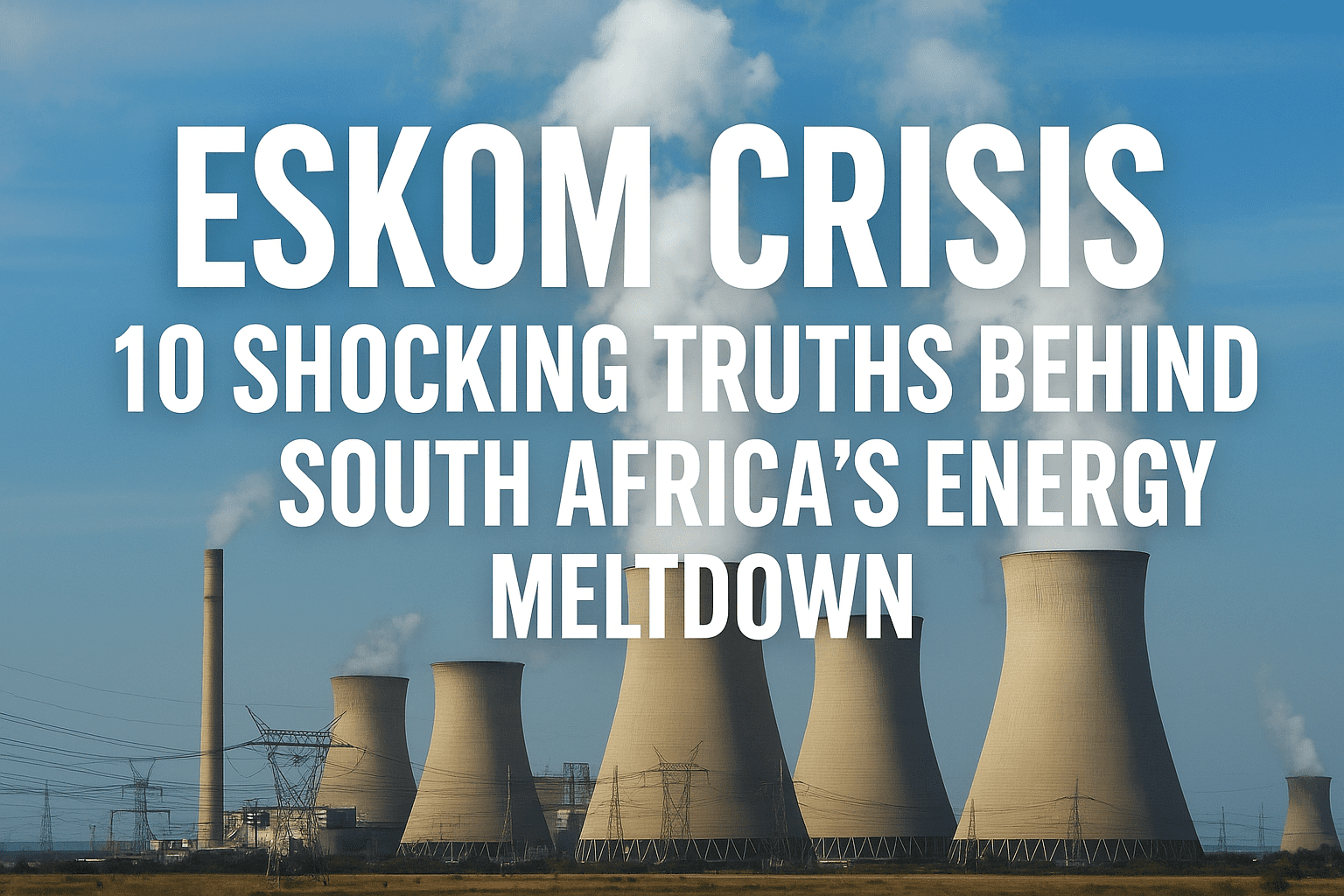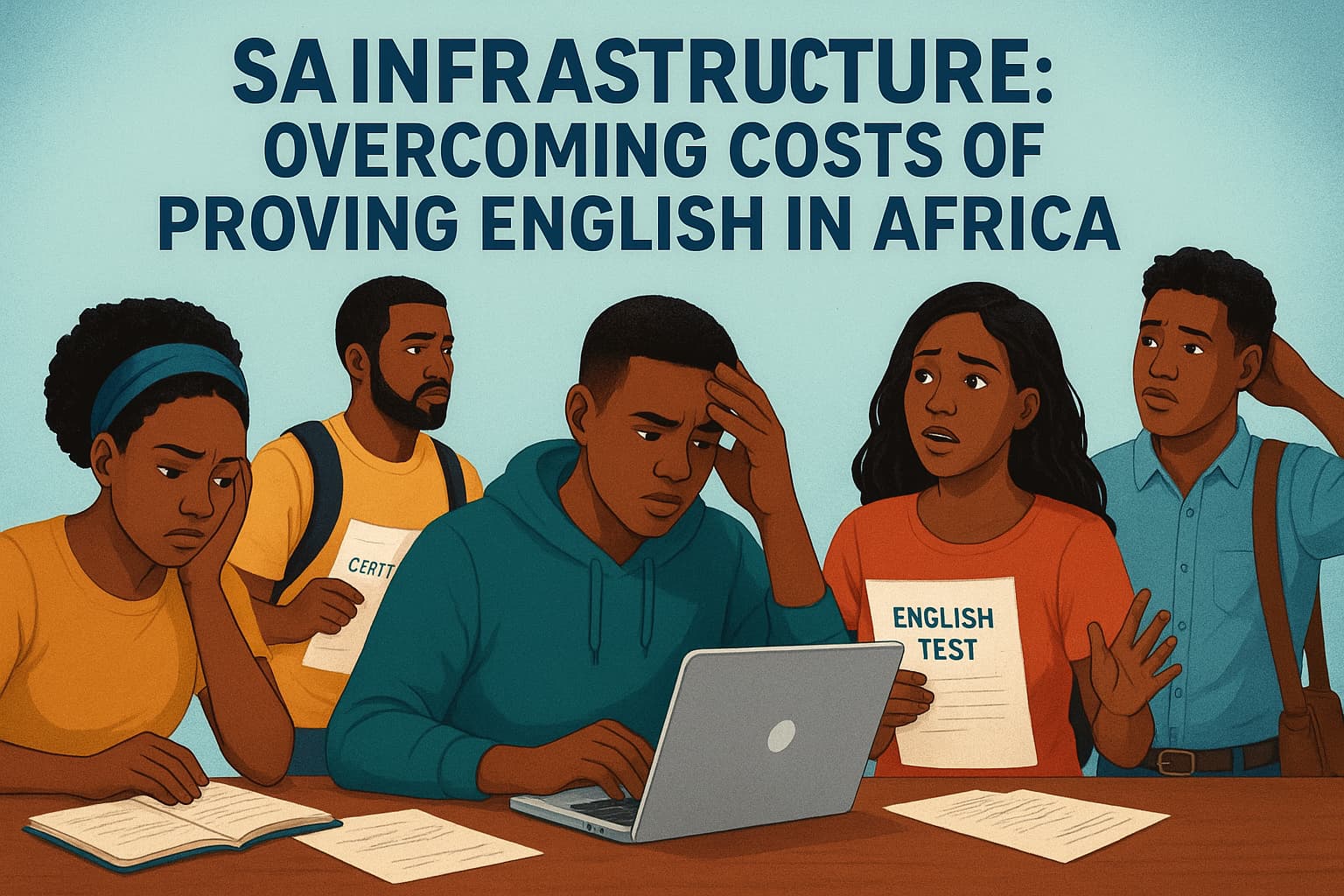What was once a grim warning has now become a devastating reality in the Gaza Strip. After months of severely restricted access to food, water, and humanitarian aid, the region is entering the darkest chapter of a worsening crisis: famine. Thousands are facing the acute consequences of starvation, and the toll is rising by the day.
Experts monitoring the situation have identified clear indicators that Gaza has crossed the threshold into famine conditions. Malnutrition is rampant, especially among children. Medical centers, already decimated by conflict, report soaring cases of hunger-related illness, and deaths from lack of food and water are no longer isolated events—they are becoming tragically common.
Deliberate Deprivation and Humanitarian Blockade
Gaza’s food supply crisis did not develop in a vacuum. The ongoing blockade and restrictions on humanitarian deliveries have strangled civilian access to the most basic necessities. Relief convoys are often delayed or denied entry altogether, while agricultural land has been rendered inaccessible or destroyed.
This systematic obstruction has created an environment in which food insecurity is not just a byproduct of war, but a direct outcome of sustained policy decisions. Civilians are being forced into impossible choices—risk death in search of food or face starvation in isolation.
Famine as a Consequence, Not an Accident
The current crisis is not solely the result of supply shortages or logistical challenges. It is increasingly seen as a man-made disaster, where humanitarian norms are being disregarded. The international community has raised concerns that starvation may be used as a tactic of war, violating long-standing laws that protect civilians in conflict zones.
Eyewitness reports and independent assessments describe a breakdown of the food system on every level—from farming and distribution to household access. In northern Gaza, residents are reportedly surviving on grass, animal feed, or going without food entirely for days at a time.
Children Are Paying the Highest Price
As in most humanitarian crises, children are the most vulnerable. Severe acute malnutrition is now widespread among infants and toddlers. Many are arriving at medical centers with signs of starvation: sunken eyes, bloated bellies, and dangerously low body weight. Without immediate intervention, many of these children will not survive.
The psychological trauma inflicted on young survivors—witnessing death, suffering, and displacement—will leave scars that extend far beyond the current emergency. An entire generation is at risk of being lost to preventable suffering.
Where Is the Global Response?
Despite growing awareness, the international response remains dangerously inadequate. Aid organizations continue to call for unimpeded access to Gaza, yet many are still blocked from reaching the hardest-hit areas. Diplomatic efforts to secure humanitarian corridors have yielded little progress.
Meanwhile, the death toll from hunger grows. Without a radical and immediate shift in approach—one that prioritizes human life over politics—the situation in Gaza will become a defining moral failure of our time.
Conclusion: A Crisis That Demands Accountability and Urgency
The famine unfolding in Gaza is not an unforeseen catastrophe—it is the consequence of choices made and actions withheld. The international community must now face the uncomfortable truth that delay equals death. The people of Gaza are not just starving—they are being starved.
Time is no longer a luxury. Immediate humanitarian access, sustained aid delivery, and protection of civilians must become the non-negotiable priorities of all global actors. If the world stands by, the question will no longer be whether famine occurred in Gaza—but why it was allowed to happen.
for more news visit our website africaheritagevoice.com



